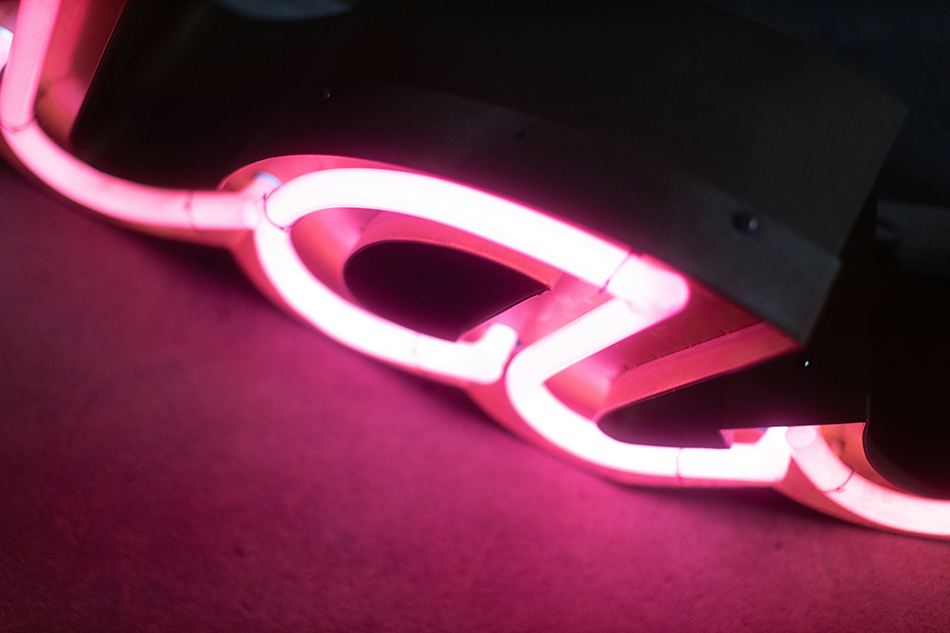Time:2025-05-15
The integration of WiFi-enabled mini smart neon light controllers into modern lighting systems marks a paradigm shift in how illumination is managed, customized, and automated. These compact, intelligent controllers bridge the gap between advanced IoT ecosystems and dynamic neon lighting, offering unprecedented control over ambiance, energy efficiency, and user interaction. This article explores their technical sophistication, cross-industry applications, and transformative potential in smart homes, commercial spaces, and urban infrastructure.
Advanced Connectivity and Control Capabilities
Seamless IoT Integration:
WiFi-enabled controllers serve as central hubs, connecting neon lighting to broader smart ecosystems via platforms like Google Home, Apple HomeKit, or Amazon Alexa. This interoperability allows users to synchronize lighting with security systems, thermostats, or entertainment setups for unified automation.
Real-Time Remote Management:
Adjust brightness, color, and effects from anywhere via smartphone apps, ideal for managing multi-location businesses or vacation homes.
Receive alerts for anomalies like voltage fluctuations or connectivity issues, enabling proactive maintenance.
Scalable Group Control:
Organize lights into zones (e.g., per room, floor, or function) and apply synchronized scenes across large installations, such as hotel lobbies or office complexes.

Applications in Smart Environments
Residential Automation:
Circadian Lighting: Program controllers to mimic natural daylight cycles, enhancing sleep quality and productivity.
Security Integration: Sync with motion sensors to flash lights during intrusions or simulate occupancy while away.
Retail and Hospitality:
Branded Experiences: Use dynamic color shifts to reflect seasonal promotions or real-time sales data (e.g., lighting up shelves for trending products).
Guest Personalization: Allow hotel guests to customize room lighting via apps, aligning with individual preferences.
Public Infrastructure:
Smart Street Lighting: Adjust brightness based on pedestrian traffic or weather conditions to conserve energy.
Emergency Response: Flash specific colors to guide evacuations during crises or signal safe zones in disasters.
Echnical Innovations Driving Performance
AI-Powered Automation:
Machine learning algorithms analyze usage patterns to auto-optimize lighting schedules, reducing energy waste while adapting to user habits.
Over-the-Air (OTA) Updates:
Continuously enhance functionality with firmware upgrades, introducing new features like voice command dialects or compatibility with emerging IoT standards.
Energy Monitoring and Reporting:
Track power consumption per zone, providing actionable insights for sustainability reporting or cost management.
Installation and User-Centric Design
Plug-and-Play Simplicity:
Wireless setups eliminate complex wiring, reducing installation time by up to 60% compared to traditional systems.
Intuitive apps guide users through setup, scene creation, and troubleshooting without technical expertise.
Enterprise-Grade Security:
Encrypted WiFi protocols (WPA3) and regular security patches protect against cyber threats, critical for commercial or government deployments.
Durability in Demanding Settings:
Industrial-grade components withstand voltage surges, humidity, and temperature extremes, ensuring reliability in outdoor or high-traffic environments.
Competitive Advantages in the Smart Lighting Market
Versus Bluetooth/Zigbee Controllers:
Extended WiFi range supports larger installations without signal repeaters.
Direct cloud connectivity enables remote access and integration with enterprise software.
Versus Wired Systems:
Eliminate costly conduit installations and structural modifications, ideal for leased spaces or historic buildings.
Rapid reconfiguration accommodates evolving layouts in retail stores or co-working spaces.
Future Trends and Innovations
Edge Computing Integration:
Process data locally to reduce latency in critical applications like emergency lighting or interactive public art.
5G Synergy:
Leverage high-speed networks for real-time control of city-wide lighting grids or augmented reality (AR) overlays.
Blockchain for Energy Trading:
Enable decentralized energy sharing between smart grids and solar-powered neon systems, fostering community sustainability.
Conclusion
WiFi-enabled mini smart neon light controllers are redefining intelligent lighting as a responsive, data-driven resource. Their ability to merge connectivity, automation, and sustainability positions them at the forefront of smart city development, personalized hospitality, and energy-efficient design.
For cutting-edge control solutions that illuminate the future, explore TTKLED’s Smart Controller Series, engineered to empower seamless, scalable lighting ecosystems.